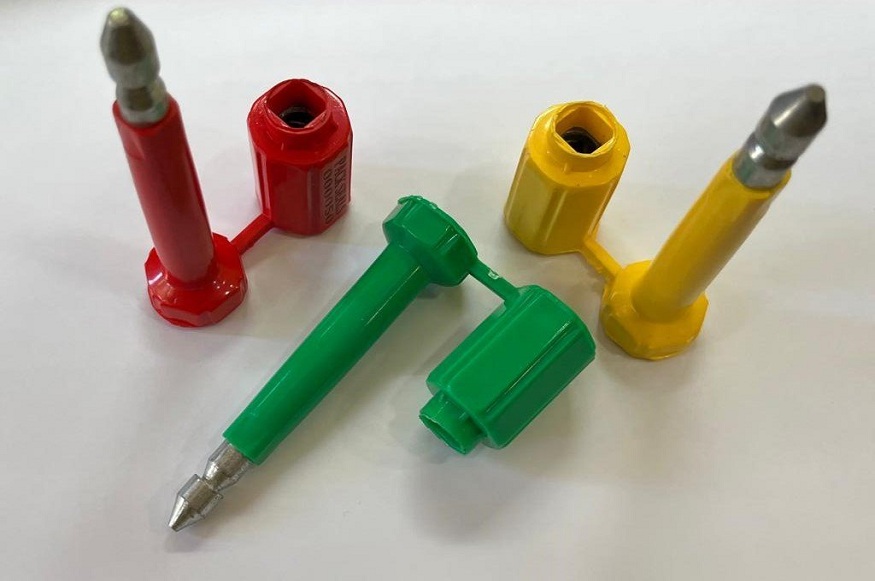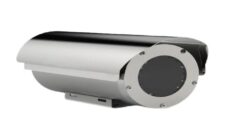In a competitive marketplace where customer trust is hard-earned and easily lost, packaging is no longer just about presentation—it’s about protection. Whether you’re selling bottled water, vitamins, essential oils, sauces, or pharmaceuticals, product integrity hinges on how well your container is sealed.
That’s why investing in the right sealing solution is critical. From ensuring freshness to providing tamper evidence, seals act as the first line of defense against contamination, leakage, and consumer doubt.
Why Sealing Solutions Are Critical Today
The stakes for bottlers and manufacturers have never been higher. With increased scrutiny from regulatory bodies and rising expectations from health-conscious consumers, ensuring product safety and authenticity is now a business essential.
Here’s what proper sealing offers:
- Tamper Detection: A broken or missing seal alerts consumers to potential tampering, improving product safety.
- Leak Prevention: A good seal prevents liquid or semi-liquid contents from leaking during shipping or on shelves.
- Extended Shelf Life: Seals protect against air, light, and moisture—preserving taste, potency, and texture.
- Regulatory Compliance: Industries like food and pharma have strict seal integrity guidelines from bodies like FDA, FSSAI, and ISO.
- Customer Confidence: A visibly secure product enhances consumer trust and brand loyalty.
In today’s competitive and compliance-driven market, sealing isn’t just a packaging step—it’s a frontline defense for your product and your brand. The right sealing solution ensures safety, builds trust, and keeps you ahead of both regulators and consumer expectations.
Types of Sealing Solutions for Bottled Products
Modern bottling uses a variety of sealing mechanisms tailored to different product types, containers, and distribution conditions.
1. Induction Sealing (Foil Seals)
- How it works: A foil-lined liner inside the cap is heated via electromagnetic induction to bond with the rim of the bottle.
- Used for: Pharmaceuticals, nutraceuticals, food jars, oils, beverages.
- Benefits:
- Airtight and tamper-evident
- Supports high-speed, automated production
- Chemical- and moisture-resistant
2. Tamper-Evident Shrink Bands
- How it works: A plastic or PVC band is applied around the bottle cap and neck, then shrunk using heat.
- Used for: Juices, sauces, syrups, personal care items.
- Benefits:
- Highly visible proof of tampering
- Cost-effective and easy to apply
- Customizable with branding or security patterns
3. Pressure-Sensitive Liners
- How it works: These liners form a seal when pressure is applied by closing the cap tightly.
- Used for: Dry goods, vitamins, supplements, powders.
- Benefits:
- No induction sealing equipment needed
- Ideal for short shelf-life or small-batch products
- Suitable for both glass and plastic bottles
4. Tear-Off or Breakaway Caps
- How it works: Caps with a breakaway tab or ring that separates upon opening.
- Used for: Dairy drinks, medical liquids, cosmetics.
- Benefits:
- Built-in tamper-evidence
- Simple for consumers to understand
- Available in both disposable and resealable formats
5. Plug, Cork, and Wax Seals
- How it works: Plugs or corks are inserted into the bottle neck, sometimes sealed with wax or foil.
- Used for: Wine, spirits, olive oils, artisanal sauces.
- Benefits:
- Premium appearance
- Airtight when combined with shrink wrap or foil
- Supports heritage and craft branding
Industry Use Cases: Where Safety Meets Compliance
Pharmaceuticals
- Sealing Priority: Sterility and tamper resistance
- Common Seals: Induction foil liners, shrink bands
- Why it matters: Even a minor breach can invalidate the medication and endanger users. Tamper-evident induction seals are standard due to their durability and regulatory approval.
Food & Beverage
- Sealing Priority: Leak prevention and freshness retention
- Common Seals: Shrink bands, pressure-sensitive liners, snap-on lids with tear bands
- Why it matters: Consumers expect transparency and safety—especially with ready-to-drink beverages, sauces, and cold-pressed juices. Seals also reduce the risk of product recalls due to contamination.
Cosmetics & Personal Care
- Sealing Priority: Hygiene and product protection
- Common Seals: Inner foil or plastic seals, breakaway caps, tamper bands
- Why it matters: Seals help preserve the efficacy of active ingredients, prevent leaks in transit, and create a professional unboxing experience.
Chemicals and Industrial Liquids
- Sealing Priority: Spill prevention and tamper resistance
- Common Seals: Induction seals, child-resistant caps with seals
- Why it matters: Leakage can lead to safety risks and environmental hazards. A robust seal keeps volatile substances contained and secure.
Choosing the Right Seal: Key Factors to Consider
When choosing the most effective sealing solution, keep in mind:
- Product type: Viscosity, acidity, and shelf life influence seal choice.
- Bottle material: Some seals bond better with HDPE, PET, or glass.
- Production volume: High-speed lines benefit from automation-friendly seals like induction.
- Regulatory requirements: Confirm compliance with industry-specific safety and labeling norms.
- Customer experience: Easy-open seals that still show evidence of tampering are preferred.
Emerging Trends in Sealing Technology
- Eco-Friendly Seals: Biodegradable liners and shrink bands are gaining traction.
- Anti-Counterfeiting Measures: QR codes, NFC chips, and serialized seals help verify product authenticity.
- Laser-Engraved Seals: Adds traceability and branding in one step.
- Dual-Layer Seals: Combining tamper evidence with freshness technology (oxygen absorbers, moisture barriers).
Conclusion
In an age where product safety, consumer trust, and brand reputation are inseparable, the sealing solution you choose can make or break the success of your bottled product. Whether it’s preventing leaks, deterring tampering, or enhancing shelf appeal, your seal speaks volumes before the product is even opened.
For manufacturers across food, pharma, cosmetics, and more, choosing the right bottle seal is a strategic decision—not just a packaging formality. It’s time to explore modern sealing technologies that match your product’s needs and keep your customers safe, confident, and coming back for more.




